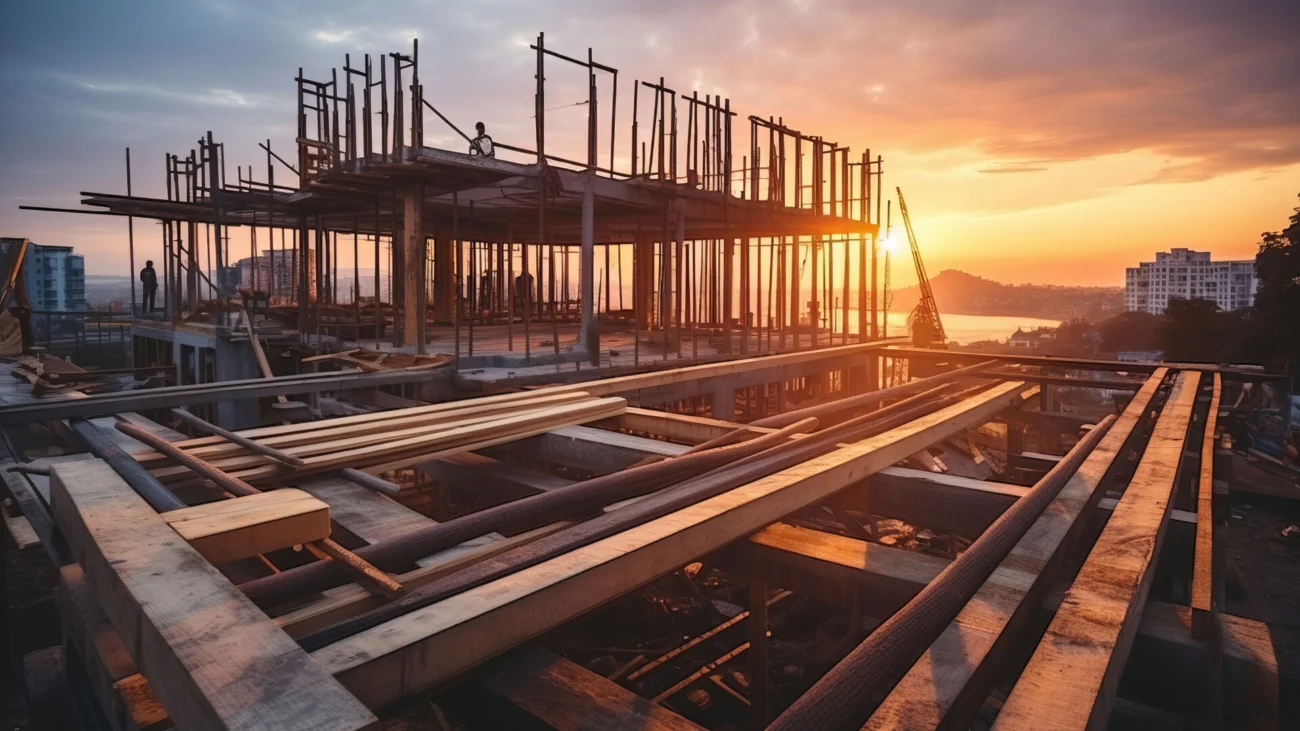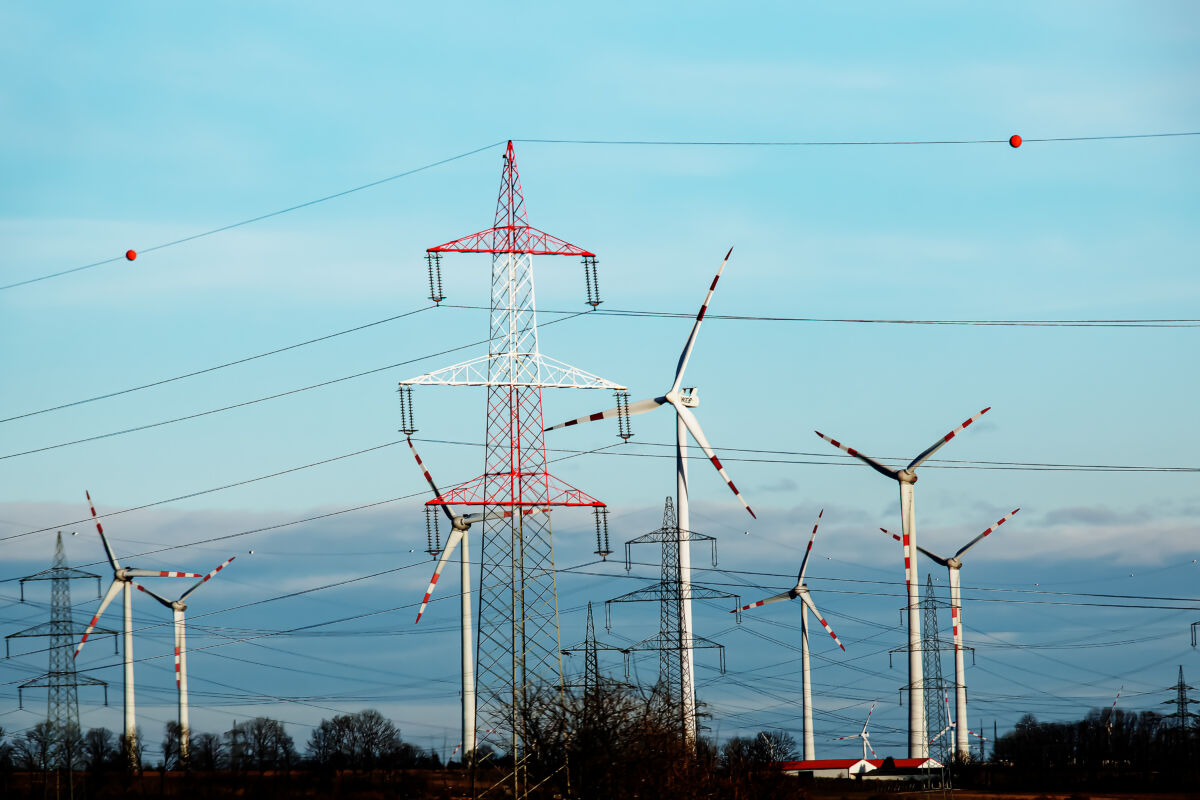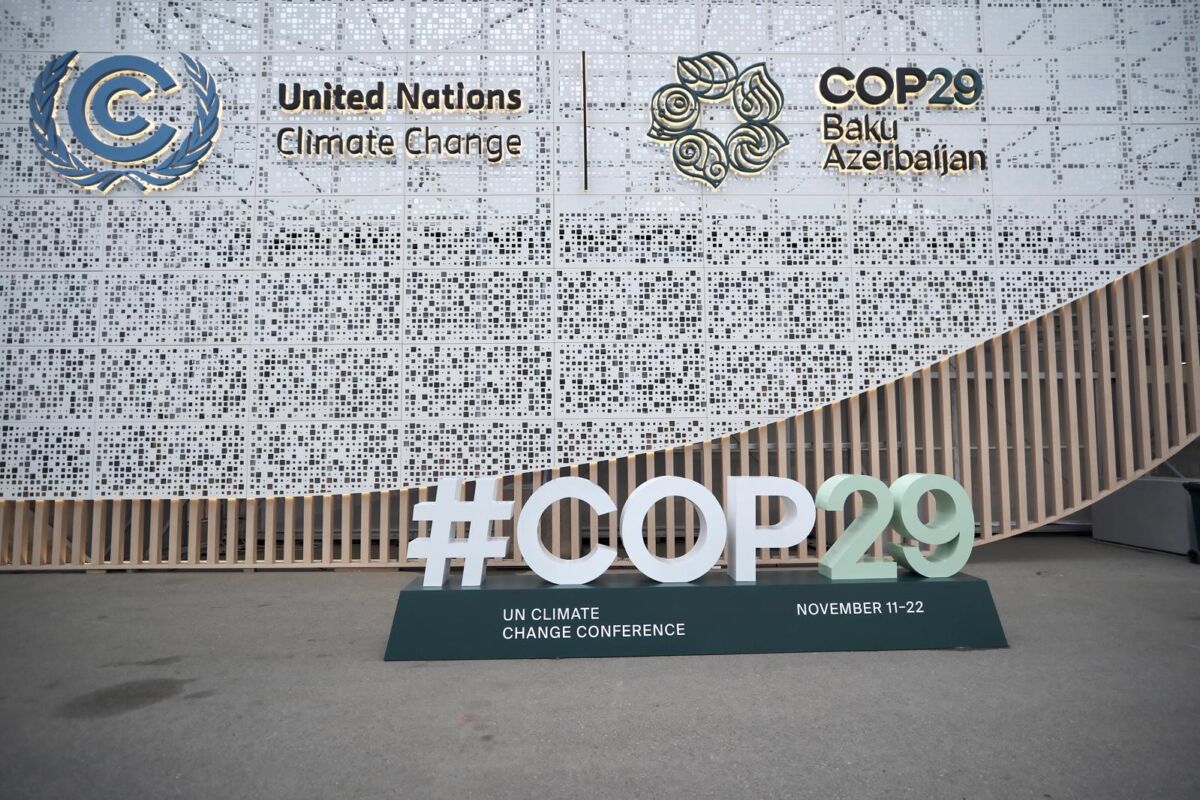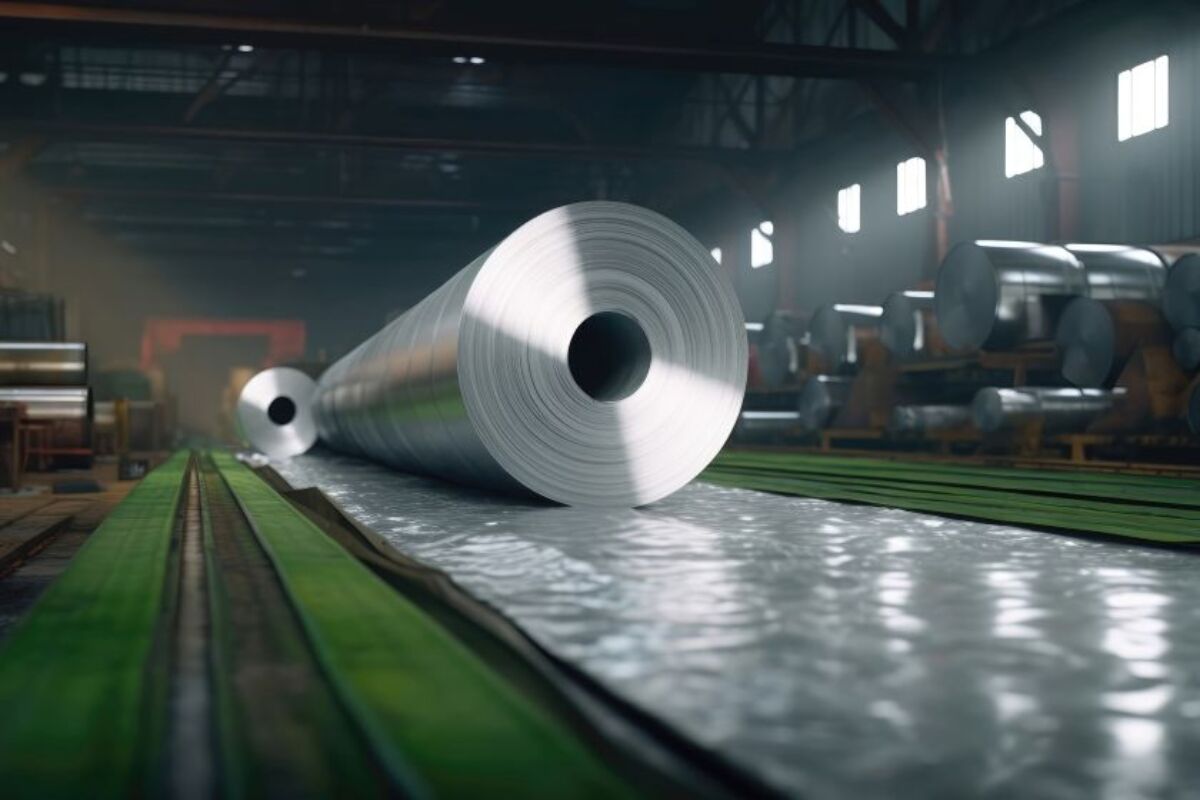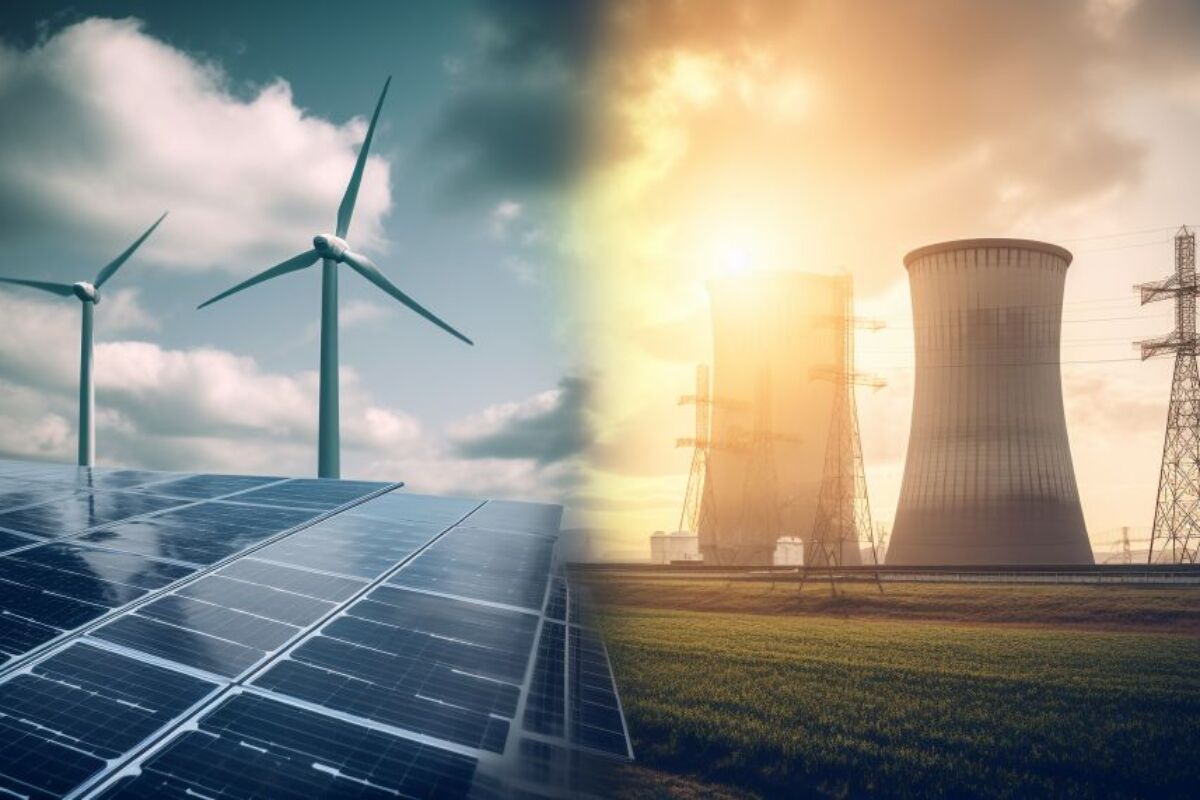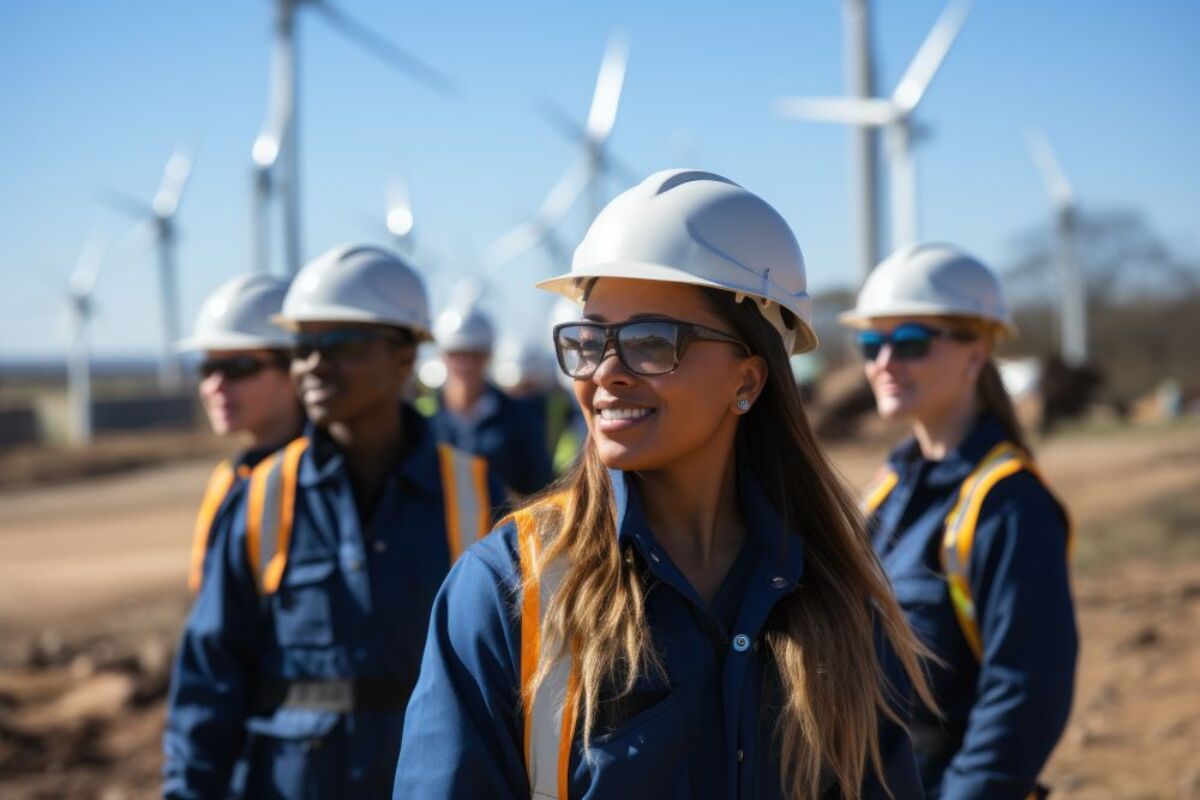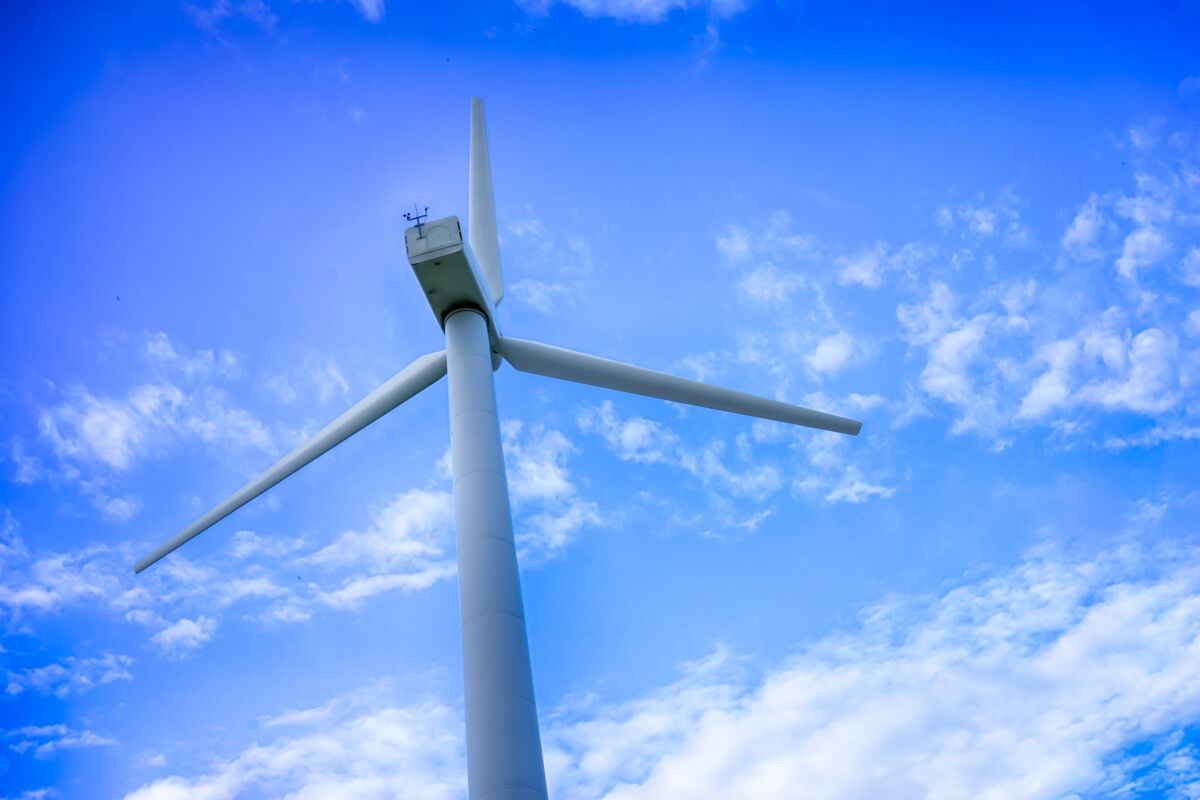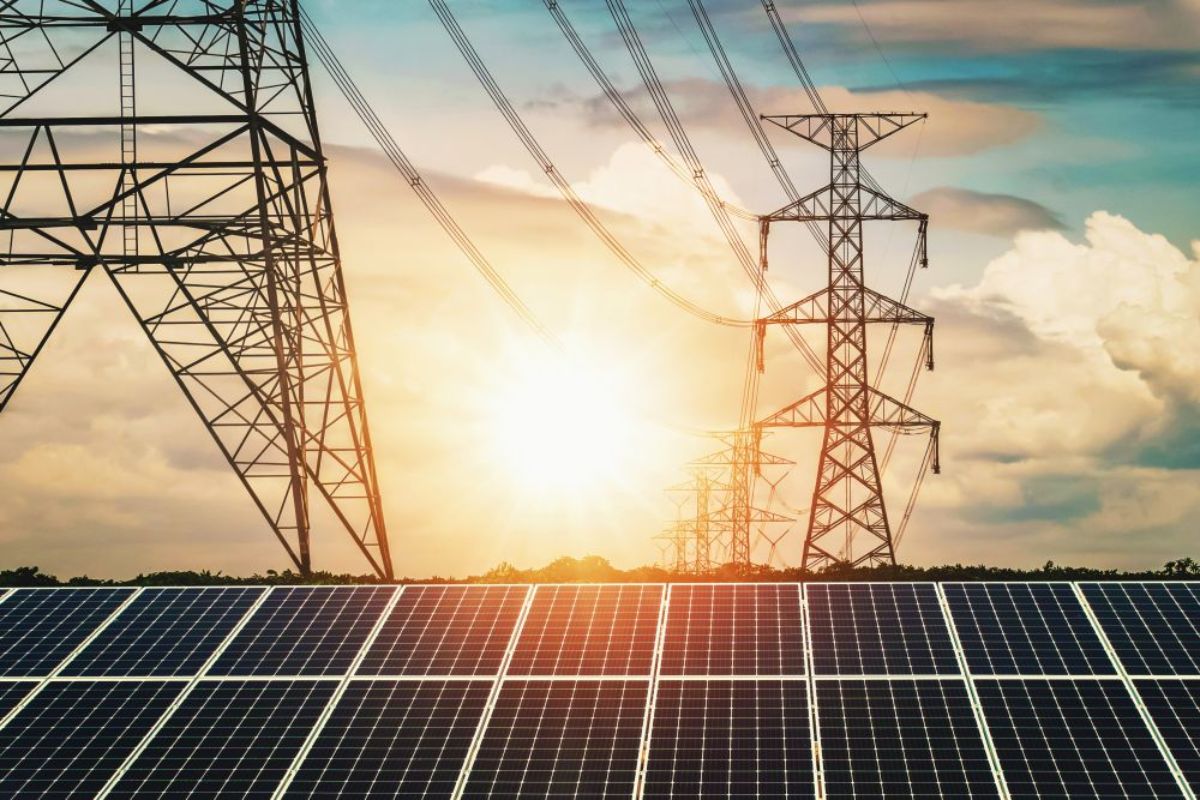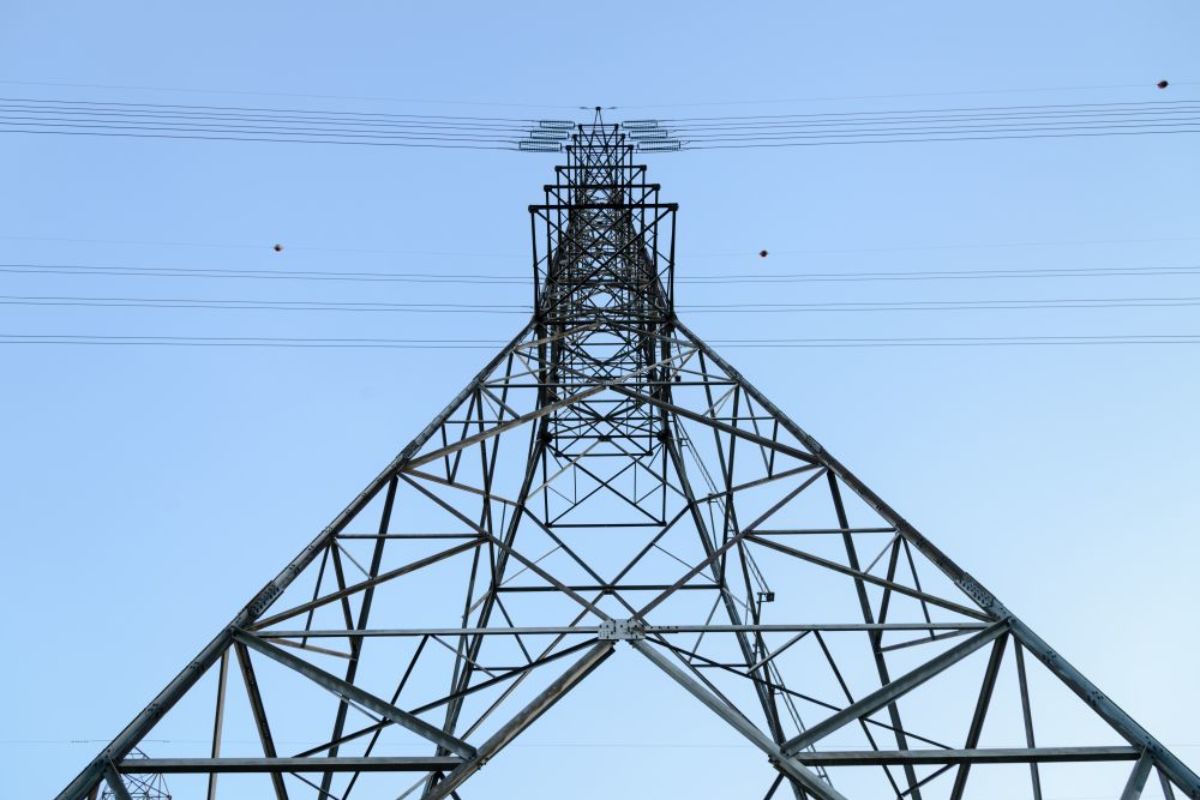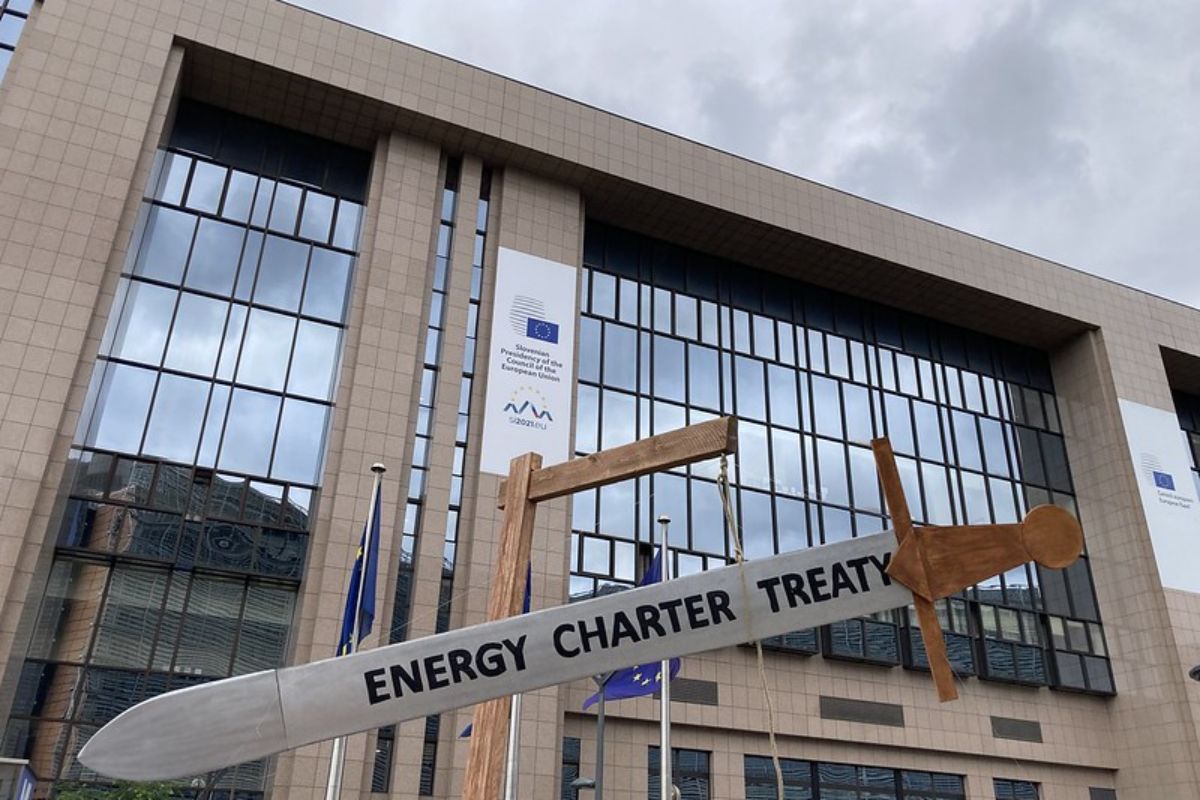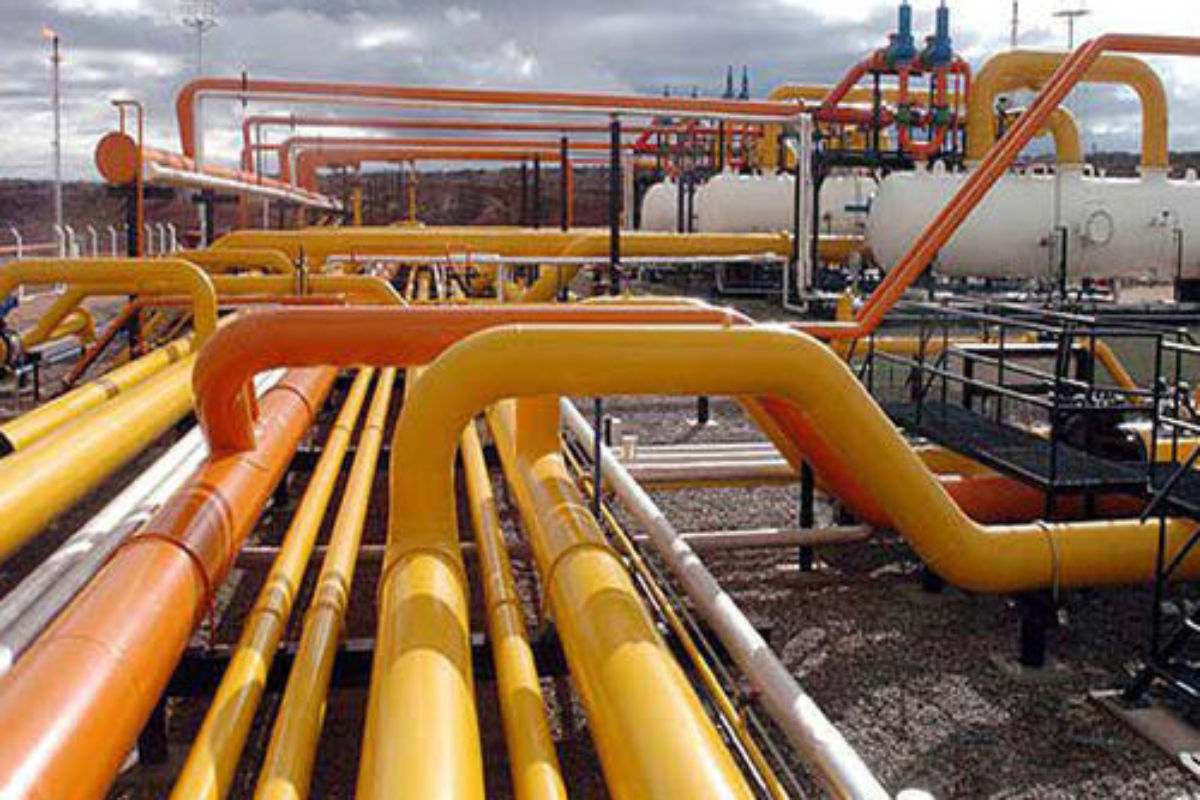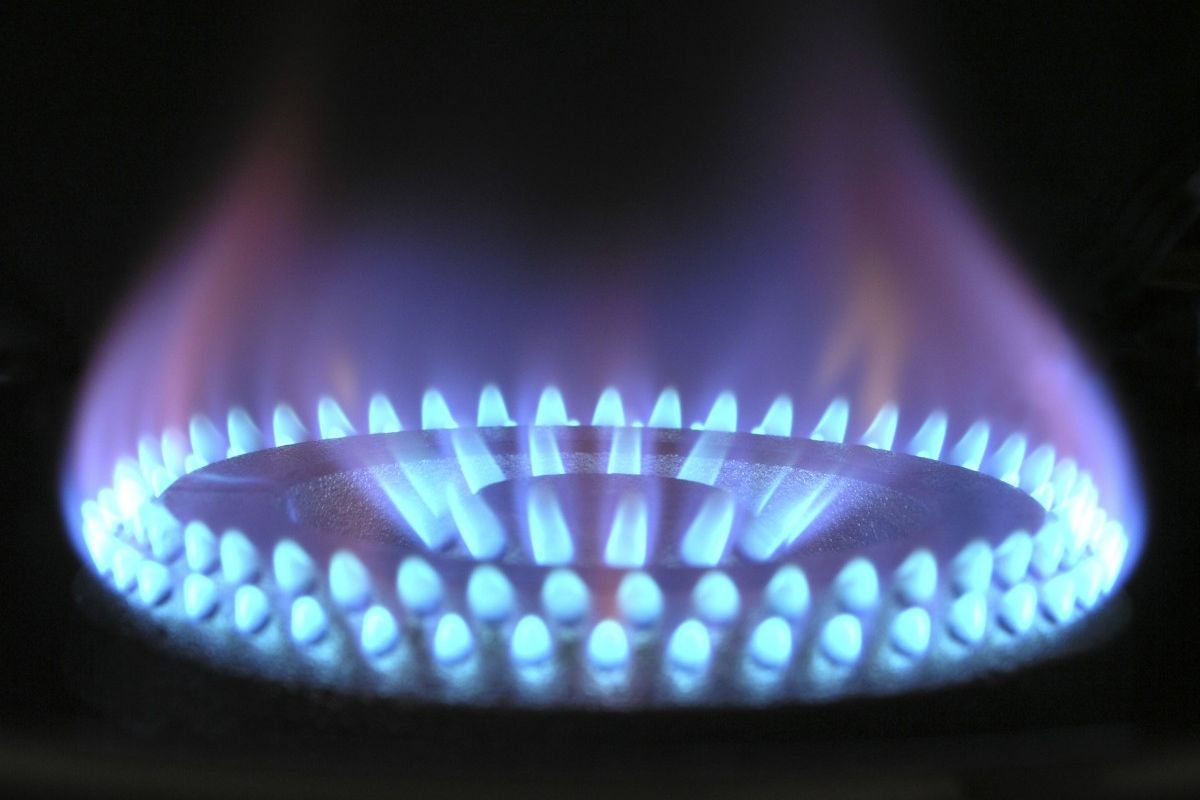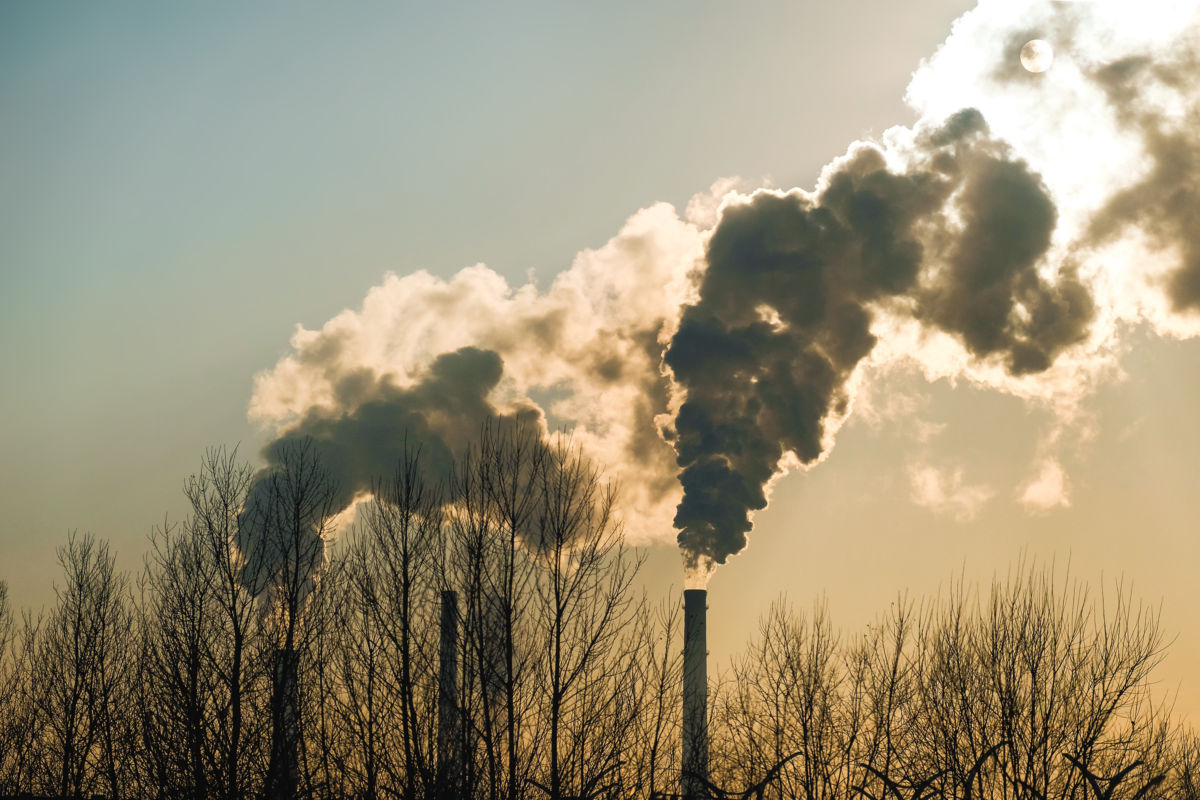Buildings are responsible for about 40 % of the EU’s total greenhouse gas emissions and about a third of its waste generation. In Europe, where we have legally binding targets to reach net-zero by 2050, the building sector cannot be left behind.
Yet most of the policies and progress thus far have been focused on operational emissions – improving insulation, electrifying heating, rolling out renewables. This focus has paid off, with building energy efficiency standards tightening and operational emissions declining.
But operational emissions are only part of the picture. Embodied emissions, those created during the production, transport and disposal of building materials, are increasingly dominant over a building’s life cycle, as operational emissions decrease.
And that’s why now it’s time to really tackle embodied emissions coming out of the construction sector.
Shifting from energy to materials
The revised Energy Performance of Buildings Directive, which aims to fully decarbonise the built environment by 2050, takes an important step by recognising this and requiring a whole-life carbon approach, where Member States should also introduce limit values for certain new buildings (limit values being the maximum allowable levels of emissions that a building may produce over its life cycle).
A whole-life carbon approach encompasses greenhouse gas emissions across all building components and stages. These emissions are mostly carbon emissions and come largely from the combustion of fossil fuels for energy use in buildings and from emissions generated during the manufacturing of building materials. Given that buildings typically last 50 years or more, the choices made today lock in emissions for decades. This makes it crucial to tackle embodied carbon now – and not in 20 years’ time.
Setting limit values is a useful mechanism to drive change as they set a maximum amount of carbon a building can ‘cost’ over its life, driving reductions in emissions. Several Member States, such as Denmark and Sweden, are leading the way with national carbon limits already in place or under development. These experiences will be crucial as all Member States must, by 2027, publish roadmaps detailing how they will set and implement such values. Coordination and shared learning will be essential for ensuring harmonised and effective implementation across the entire EU.
Material choice matters
With this shift, what buildings are made from becomes as important as how they are heated. Cement, concrete and steel remain indispensable but are the most carbon-intensive materials used for buildings. To decarbonise them, we need both fewer materials (through sufficiency, efficiency and circular design) and better materials (that store rather than emit carbon).
The expansion of the EU’s Emissions Trading System to buildings will encourage building renovations and energy efficiency improvements, but this momentum must also extend to building materials.
From carbon source to carbon sink
The materials that our buildings are made of can fulfil an important role in reversing our net emissions output. Bio-based materials such as timber, hemp, straw and bamboo can store atmospheric carbon for decades or even centuries, while providing the same benefits as conventional materials.
At the same time, these materials have lower embodied emissions compared to their conventional counterparts. Other innovations are emerging, such as adding biochar to concrete, which locks carbon in and can offset the embodied emissions, or improving cement carbonation to allow concrete to reabsorb more CO₂ over time.
Sufficiency, efficiency and circular design principles, such as durability, modularity and reusability, can significantly reduce buildings’ embodied emissions. But achieving net zero in the construction sector will require going further – namely not just cutting emissions but actively removing and storing carbon.
If designed right, Europe’s future buildings could act as long-term carbon sinks (i.e. removing and storing more carbon from the atmosphere than they emit into it) rather than sources. Given that buildings remain among the EU’s largest sources of greenhouse gas emissions, action isn’t just necessary – it’s urgent.
What the EU needs to do
And with this in mind, the EU now has a policy window to act. The new frameworks on building emissions and carbon storage provide the foundation – it’s now time to build on it. To translate these frameworks into action and to guide Member States, before their 2027 national roadmap deadline, there are three key steps that must be prioritised.
First, we need to ensure policy and methodological alignment. EU and national policies, including the Construction Product Regulation and the EU Taxonomy’s Delegated Acts, and national building codes should be aligned with the Energy Performance of Buildings Directive’s whole-life carbon approach. Consistently defined metrics and benchmarks across the EU will make it easier to compare progress and prevent fragmented implementation.
Second, credibility should be guaranteed through monitoring and traceability systems. Robust monitoring helps demonstrate the permanence of stored carbon, while traceability ensures that materials can be tracked throughout their lifecycle and beyond, which supports the implementation of circularity principles. Together, they build trust in carbon claims and the integrity of carbon storage in buildings.
Finally, we need to create lead markets for low- and negative-carbon materials. Like the Clean Industrial Deal, targeting demand-side policies can accelerate the commercialisation of bio-based and CO2-binding materials, reducing costs and stimulating innovation.
The focus of Europe’s building transition will inevitably shift towards embodied emissions. With such a large share of the continent’s emissions at stake, this shift must be both thorough and credible. By combining circularity, efficiency and sufficiency with carbon-storing materials, Europe won’t just decarbonise one of its highest emitting sectors but will also turn it into a long-lasting carbon sink.

